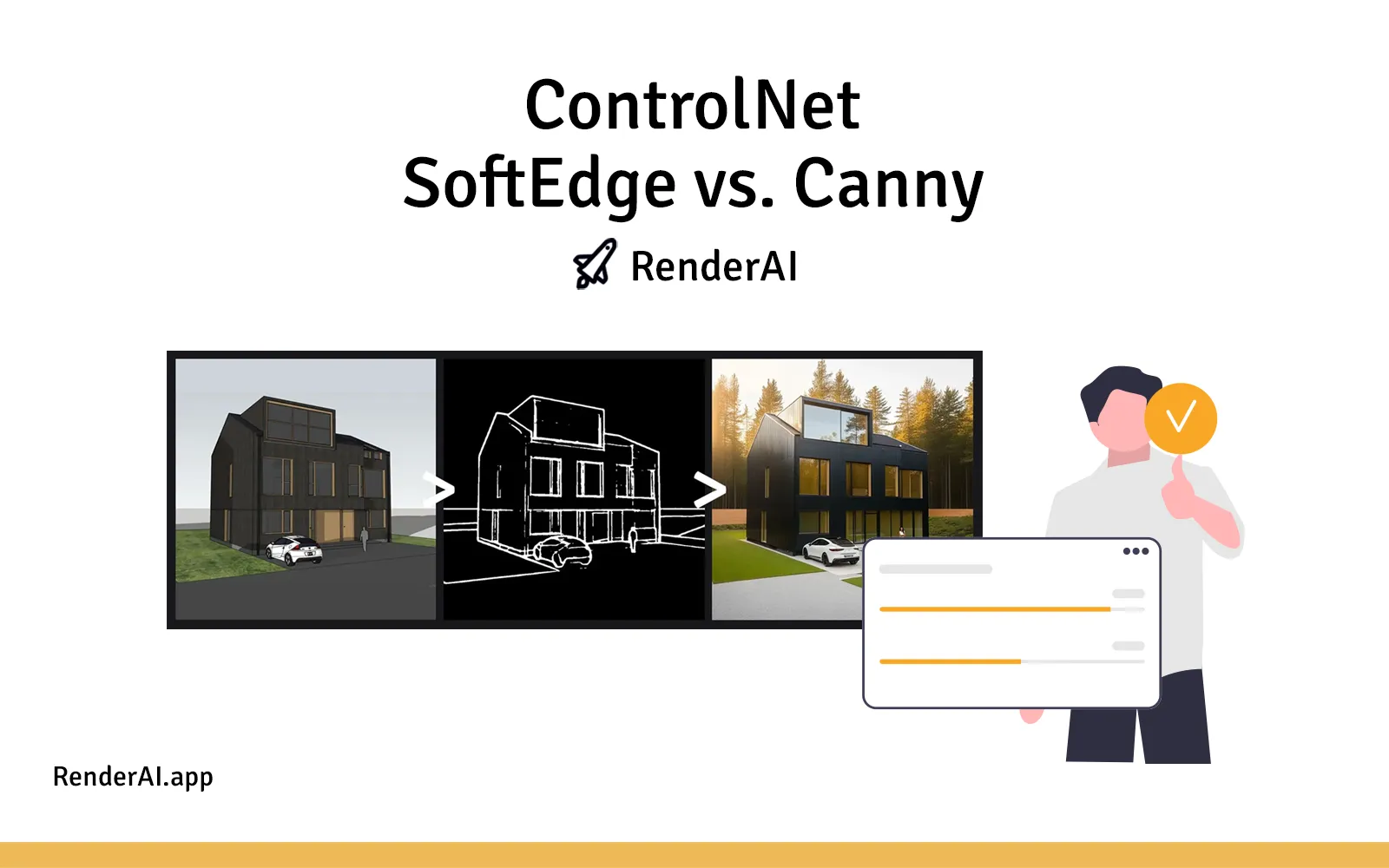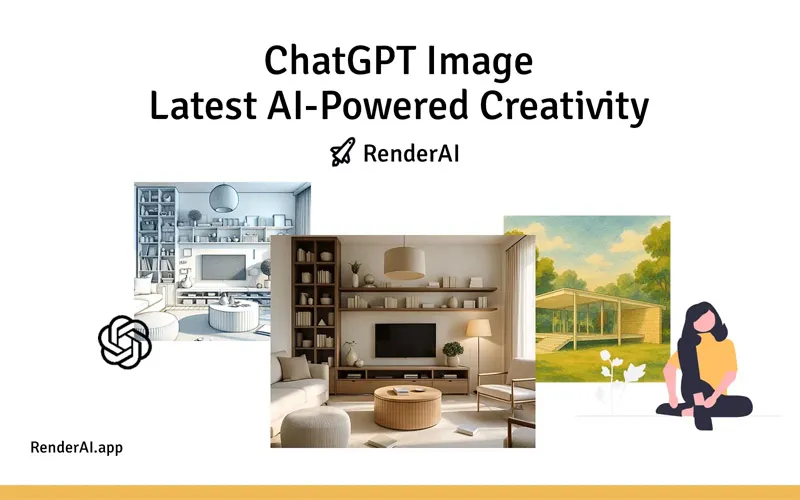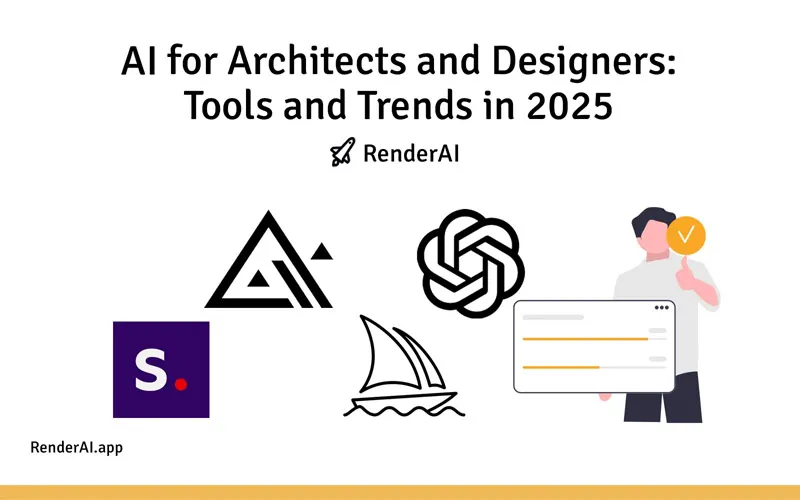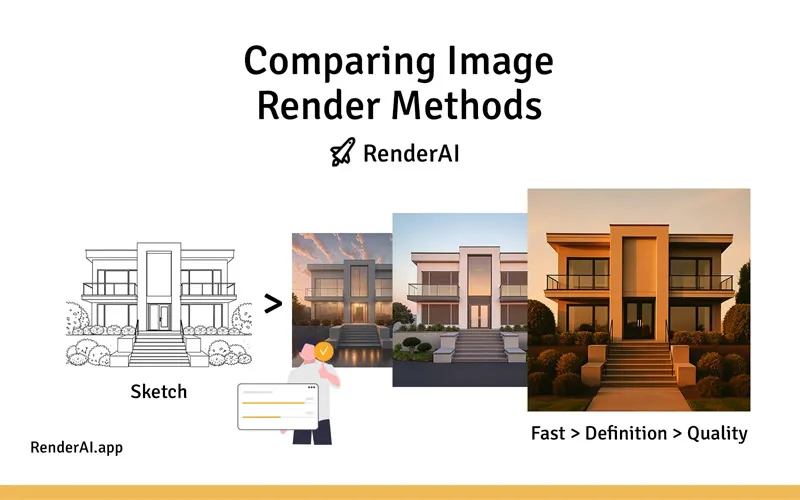ControlNet SoftEdge vs. Canny: Which Tool Should I Use?
In the world of AI-based image generation, ControlNet’s innovative tools, SoftEdge and Canny, provide powerful options for artists to create stunning, precise visuals. This article dives into the features of each and examines scenarios where one tool may outperform the other.
What is ControlNet?
ControlNet is an advanced tool in image generation, adding control layers to image generation AI models that help guide images by defining boundaries and textures. Its edge-detection abilities are instrumental in creating both realistic and artistic sketch-to-image creations, allowing creators to control output with more precision than using only text-to-image.
ControlNet using Render AI and Hugging Face
RenderAI offers super fast tools for AI-driven image creation. With its intuitive interface and advanced features, RenderAI enables creators to harness tools like ControlNet to bring their artistic vision to life. You can use basic verions of ControlNet for free on Hugging Face. Check this article How to Run Stable Diffusion to know how. If you prefer to combine ease of use with customization options, RenderAI is ideal for artists aiming to push the boundaries of digital creativity fast.
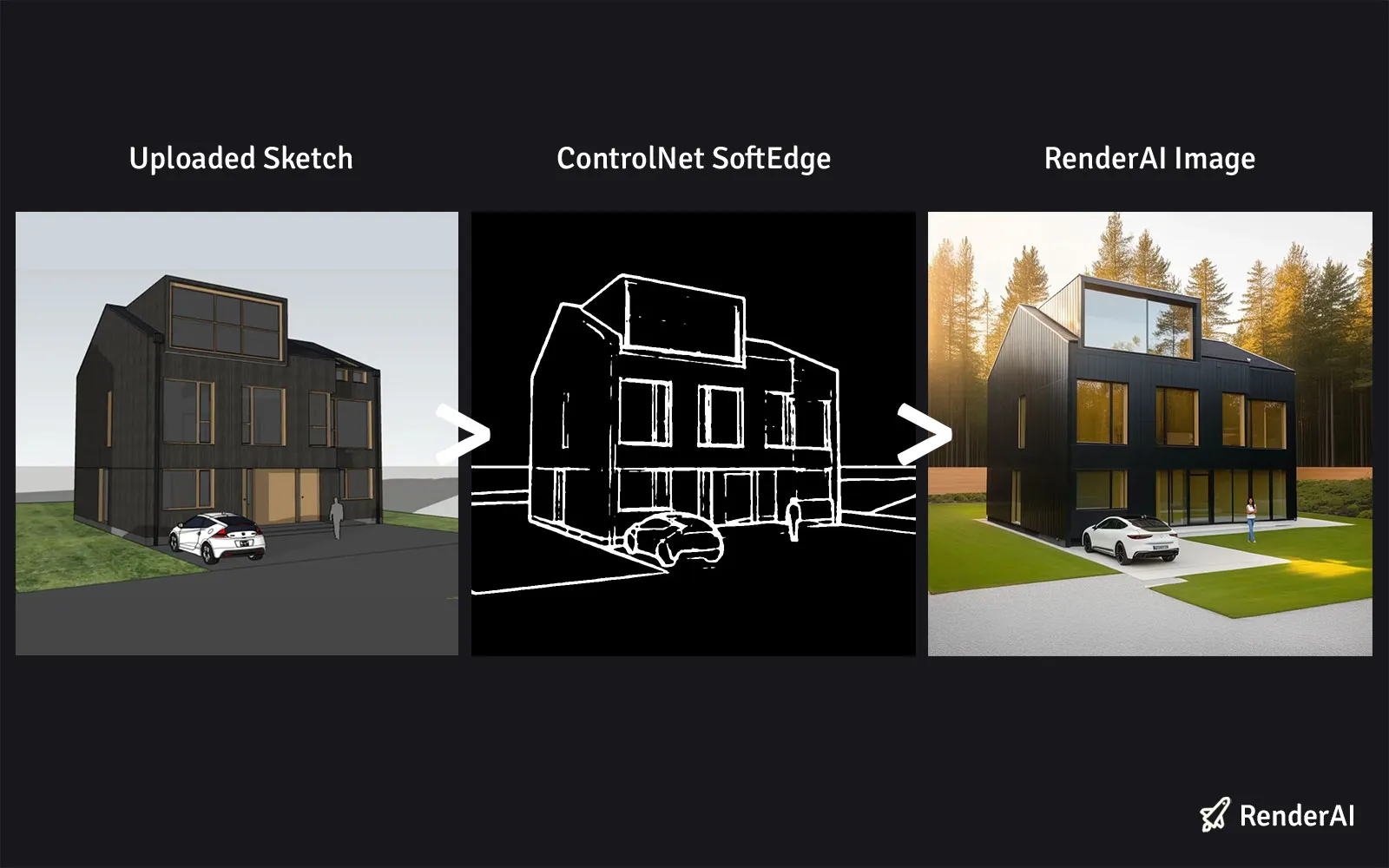
Using ControlNet with Render AI
Understanding SoftEdge and Canny
In this article, aigarlic explores the differences between SoftEdge and Canny, providing examples of how each tool excels while creating sketch-to-image AI image generations.
SoftEdge
SoftEdge focuses on capturing subtle textures and gradients, perfect for realistic images requiring fine details.
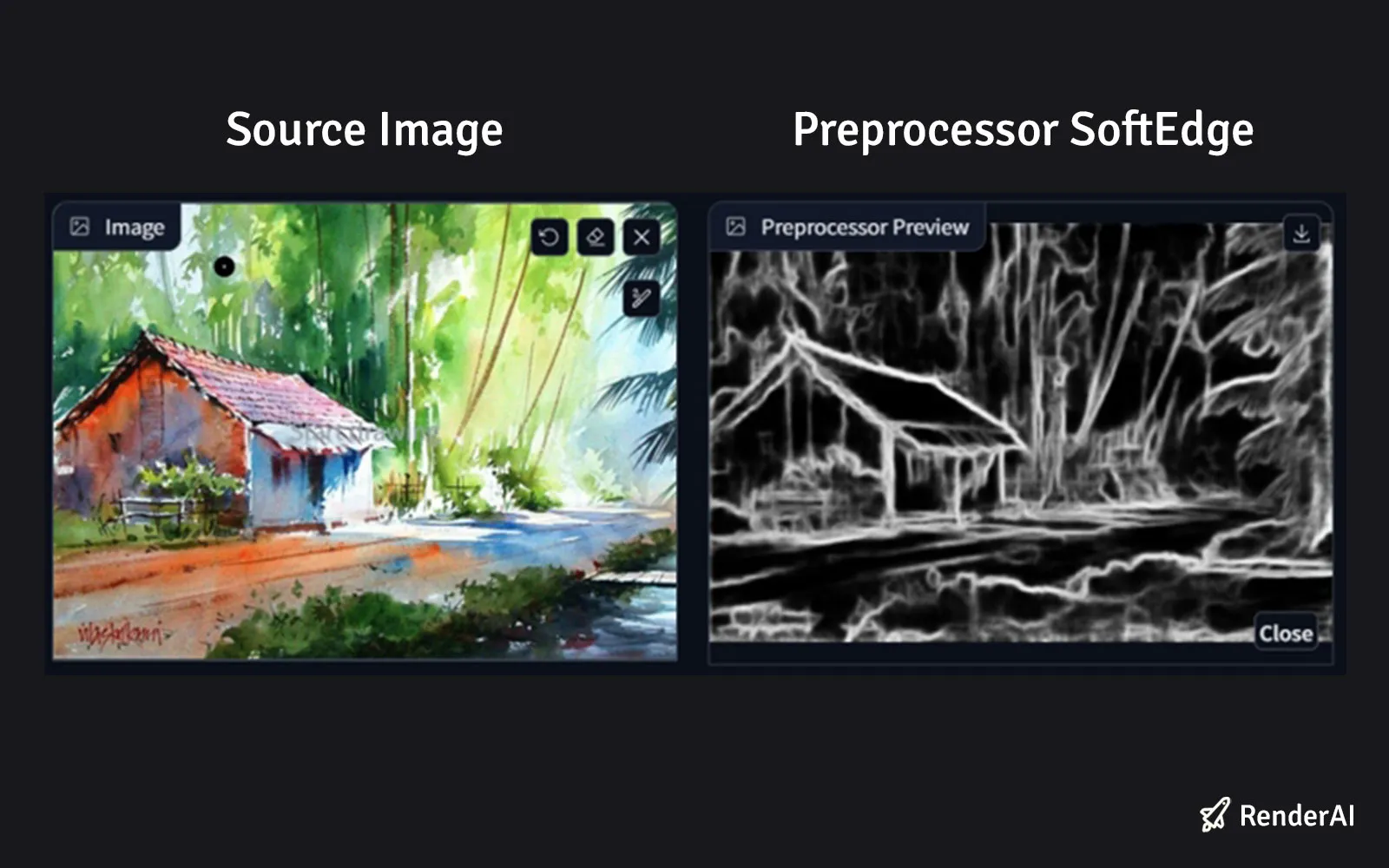
ControlNet SoftEdge Image
Canny
Canny excels at bold, defined edges, providing a simpler boundary system that suits low-complexity images.
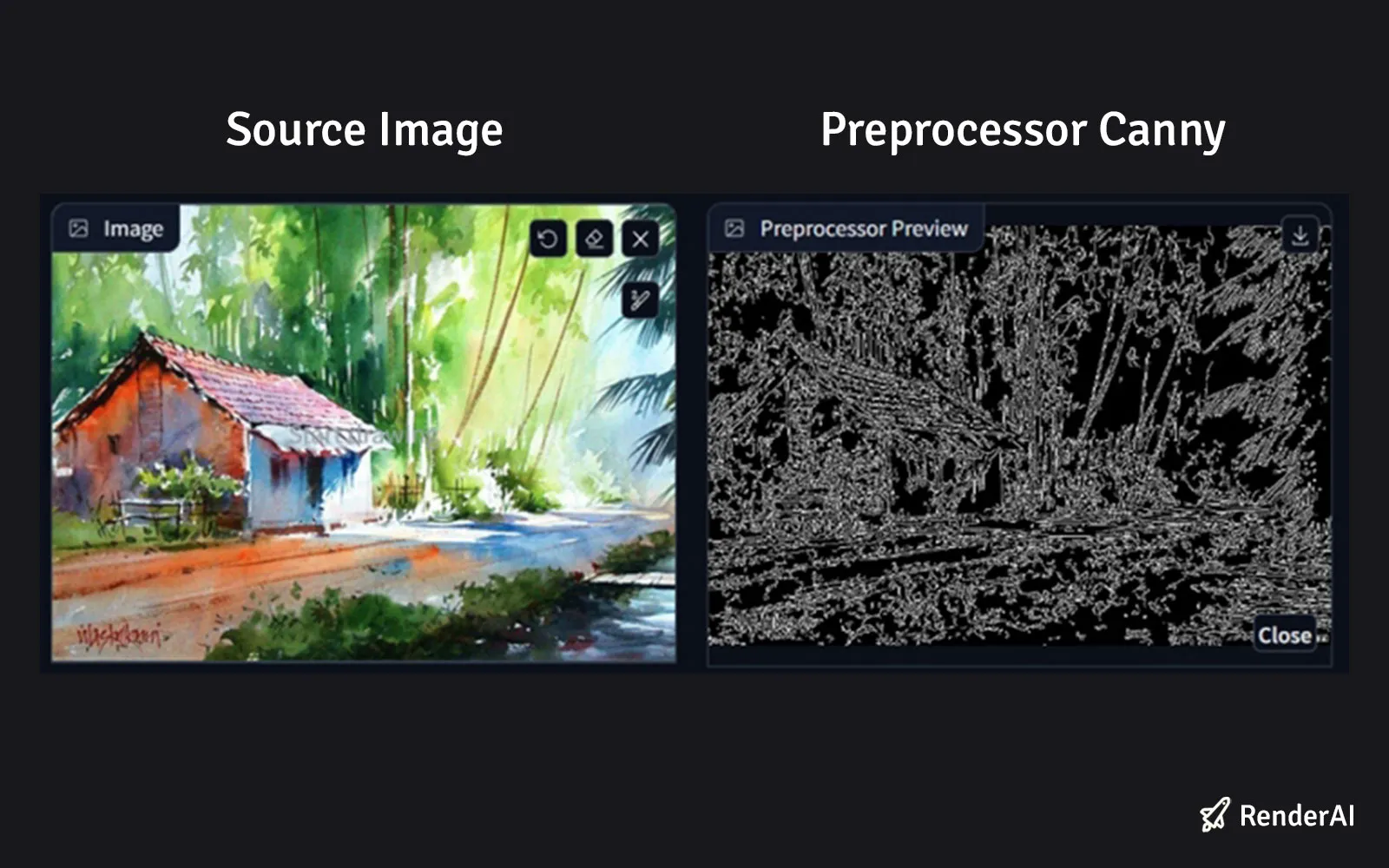
ControlNet Canny Preprocessor
Comparative Analysis
SoftEdge Features
- Detail: SoftEdge allows for smooth transitions and realistic textures, preserving complex details like brushstrokes.
- Applications: Ideal for layered, detailed designs.
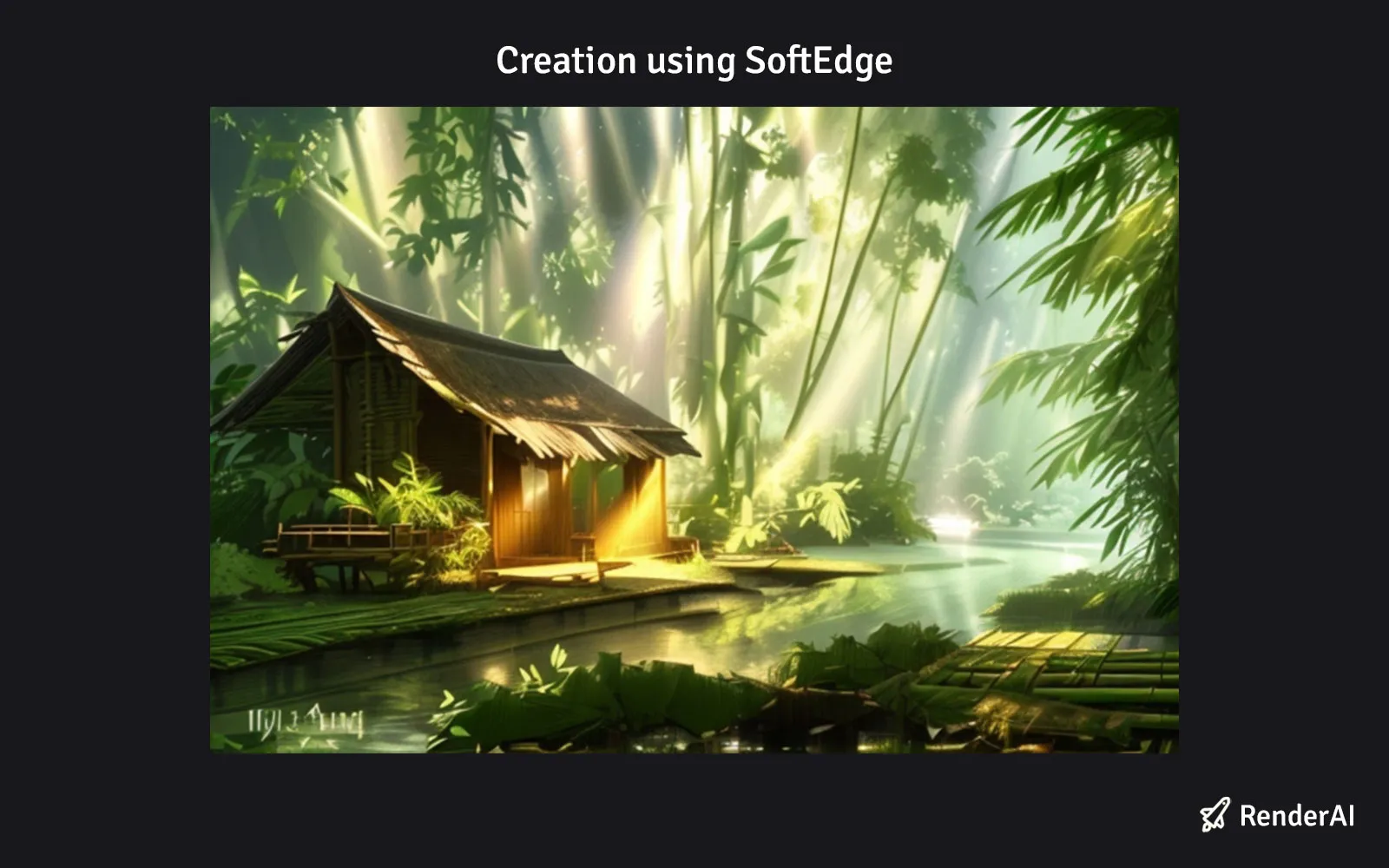
ControlNet SoftEdge Results Example
Canny Features
- Definition: Canny provides clear boundaries for simpler compositions, perfect for graphic designs needing strong contrast.
- Efficiency: Works best for images where simplicity is preferred over fine detail.
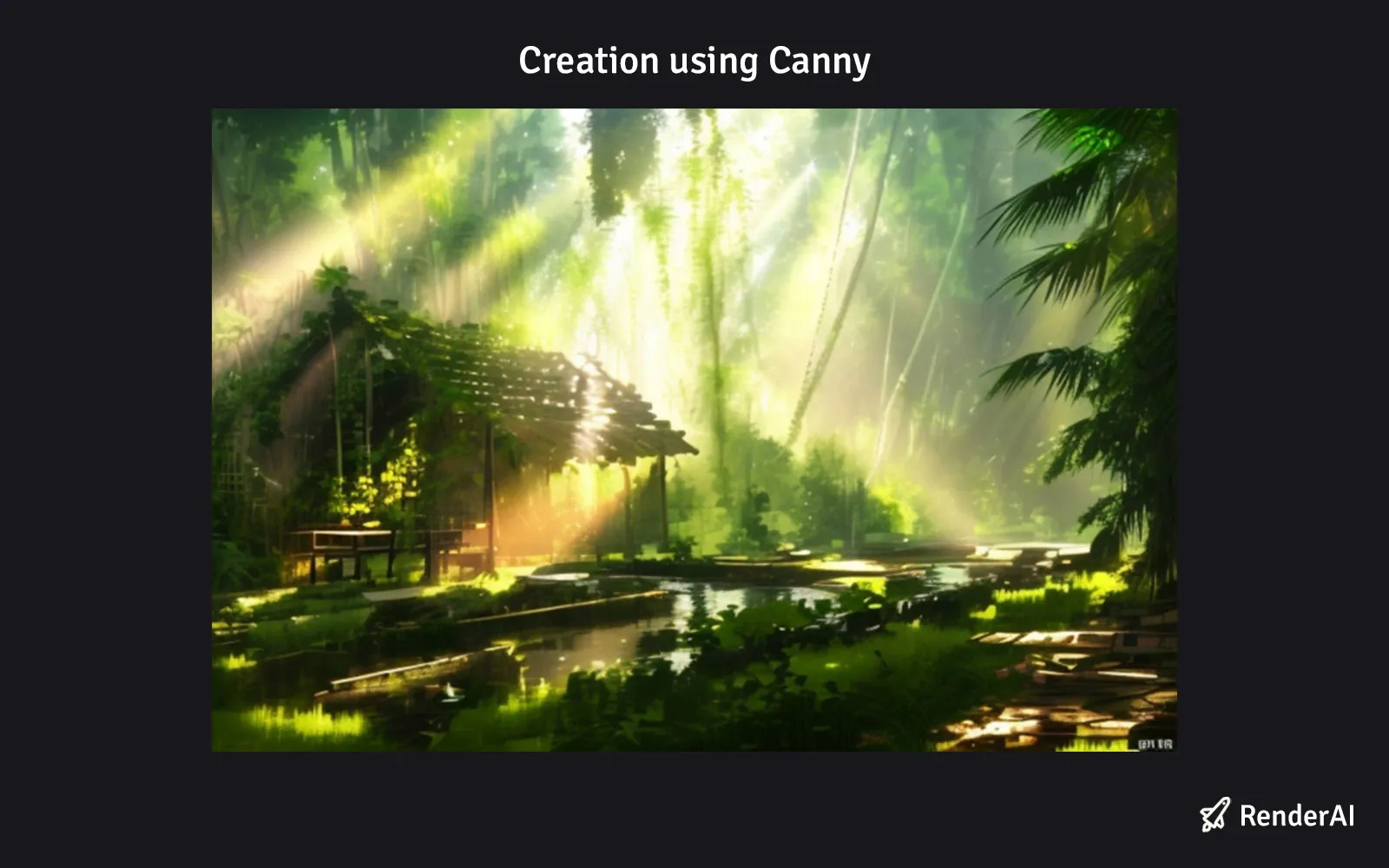
ControlNet Canny Results Example
Use Cases and Best Practices
- Use SoftEdge: When the project requires subtle texture and depth, like in photorealistic scenes.
- Use Canny: For simplified designs where clear structure is essential.
These ControlNet options allow artists on platforms like RenderAI to achieve stunning image results tailored to various creative needs.
Conclusion
ControlNet’s SoftEdge and Canny offer distinct advantages depending on the desired visual outcome. SoftEdge is best for detailed, realistic artwork, while Canny is perfect for clean, simple compositions. Use Render AI to create and experiment with AI image generation in seconds.
References:
- Images on this articles are based on the work of Blackmagic Master Class: ControlNet SoftEdge Canny explaning how to utilize ControlNet’s SoftEdge and Canny for precise edge control in AI image generation by aigarlic.
- Portions of this article were synthesized and generated with the assistance of AI using ChatGPT and Perplexity.
